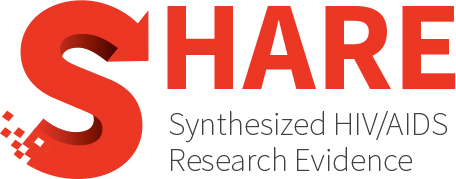Stroke and systemic thromboembolism prevention in people living With human immunodeficiency virus with atrial fibrillation: A review of its implications for clinical practice
Abstract
In the last few decades, types of diseases affecting people living with human immunodeficiency virus (PLHIV) have shifted as the population ages, with cardiovascular disease becoming a leading cause of death in this population. Atrial fibrillation (AF) is an increasingly common arrhythmia both in the general population and in PLHIV, with an estimated prevalence of 2% to 3% among PLHIV. Prevention of stroke and systemic thromboembolism (SSE) with antithrombotic therapy is a cornerstone of AF treatment and substantially decreases AF-related morbidity and mortality. Although updated guidelines extensively discuss this issue, they do not address the peculiarities of PLHIV. The role of human immunodeficiency virus (HIV) infection as an independent factor for SSE in individuals with AF and whether the presence of HIV should alter the threshold for SSE thromboprophylaxis are unknown. Nevertheless, a growing body of evidence describes the increasing burden of comorbidities such as hypertension and stroke in PLHIV, which predispose them to AF and SSE. In the absence of HIV-specific AF guidelines, PLHIV with AF should be comprehensively assessed for their risk of SSE and bleeding using commonly available scores despite them having been primarily validated in the non-HIV population. Both vitamin K antagonists and direct oral anticoagulants can be used in PLHIV. Addressing HIV-related comorbidities and potential drug-drug interactions with antiretrovirals is crucial to prevent SSE and reduce adverse reactions of oral anticoagulants. This review summarizes the current guidelines for SSE prevention in patients with AF and describes key considerations for their implementation among PLHIV receiving antiretroviral therapy
Authors
Vizcarra P, Guillemi S, Eyawo O, Hogg RS, Montaner JS, Bennett M
Year
2019
Topics
- Population(s)
- General HIV+ population
- Prevention
- Biomedical interventions
- Co-morbidities
- Cardiovascular
